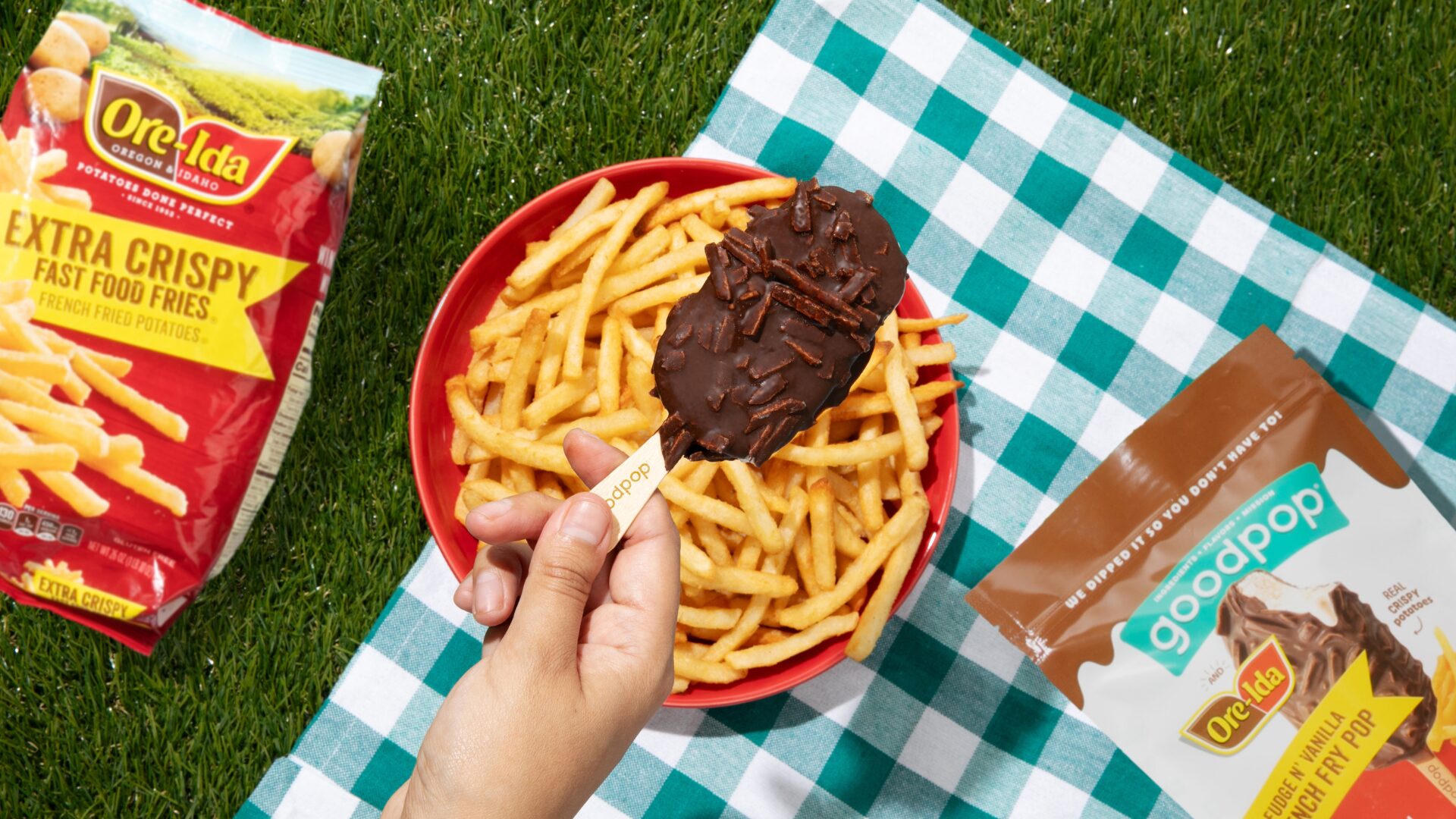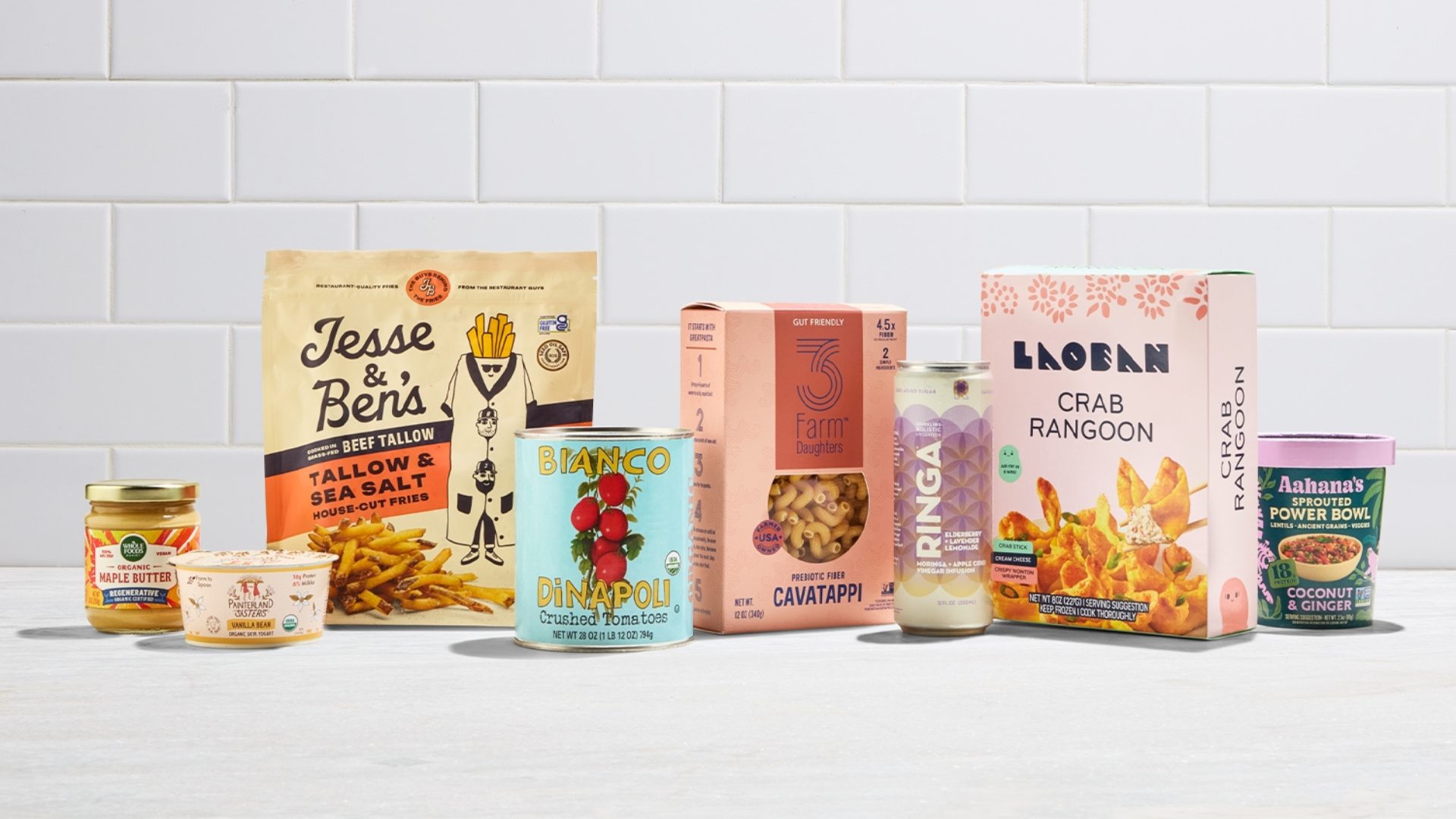As a new year approaches, the F&B sector has continued to evolve despite a global market that’s rife with economic and environmental uncertainty – and consumer preferences have continued to shape the future of food and drink trends in unexpected ways.
Consumers and companies are navigating a landscape filled with challenges like climate change, supply chain disruptions, and a desire for more personalized, meaningful experiences. In response, brands are reimagining their offerings, breaking traditional molds, and finding innovative solutions to address these issues.
According to Mintel’s 2025 Global Food and Drink Trends report, “rule rebellion” and “hybrid harvests” are two intriguing trends that reflect these recent shifts and also signal promising opportunities for F&B brands in the coming years.
Rule Rebellion
The trend Mintel has dubbed “rule rebellion” reflects a consumer shift toward embracing imperfection and a desire to break away from traditional food norms. People are increasingly gravitating to foods that challenge conventional expectations and seeking options that allow them to indulge without guilt. In addition, this trend highlights a similar mindset shift of reframing slightly damaged products as “perfectly imperfect,” as well as perfectly acceptable to enjoy.
A significant driver of this trend is the normalization of indulgence as an everyday experience. According to the report, consumers are moving away from viewing indulgent foods as “guilty pleasures” toward a more relaxed and balanced mindset. Food and drink brands are responding by creating products that encourage rule-breaking, whether through unexpected flavor combinations, innovative textures, or unique packaging.
This boundary-pushing trend is exemplified in unconventional products like Ore-Ida’s Fudge n’ Vanilla French Fry Pop, which features an eclectic, sweet and salty mashup of French fries, vanilla ice cream and chocolate fudge for consumers desiring to bend the rules in favor of extraordinary sensory experiences.
Hybrid Harvests
A second trend identified in Mintel’s report, “hybrid harvests,” reflects recent innovations in food production to mitigate ongoing climate challenges and sustainability concerns. F&B brands are increasingly integrating technology with traditional agricultural methods to develop a global food supply that’s more resilient and transparent in its sourcing and production methods.
As Mintel notes, advances in technology have continued to enable brands to marry science with age-old farming methods to enhance food security and sustainability.
Brands are increasingly exploring genetically modified crops that can withstand extreme climates – from “golden” lettuce with a vitamin boost to lab-engineered potatoes that have the potential to solve age-old storage issues – ensuring a reliable food supply amid fluctuating environmental conditions.
While technological innovation is key, its balance with tradition is what sets hybrid harvests apart from other food-tech advancements. While consumers are open to the benefits of high-tech solutions, many still desire to understand where their food comes from.
The F&B brands that can articulate how their use of technology complements natural processes rather than replacing them will have the greatest chance at winning over the modern consumer base.
Both of the aforementioned global food and drink trends reveal a growing consumer desire for products that are not only innovative but also authentic and eco-friendly. By understanding these mindset shifts, brands can create culinary experiences that will resonate with the values and aspirations of today’s consumers.
The Food Institute Podcast
Restaurant results for the second quarter weren’t stellar, but people still need to eat. Are they turning to their refrigerators, or are restaurants still on the menu for consumers? Circana Senior Vice President David Portalatin joined The Food Institute Podcast to discuss the makeup of the current restaurant customer amid a rising trend of home-centricity.












